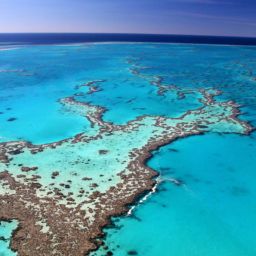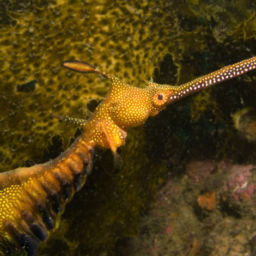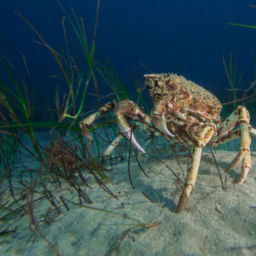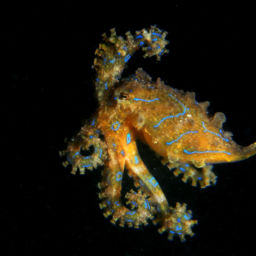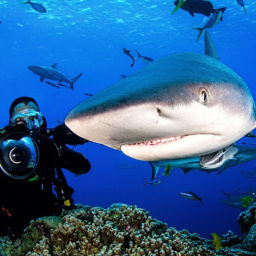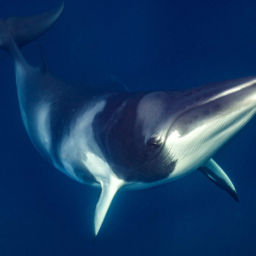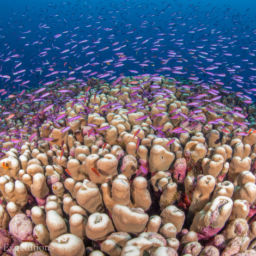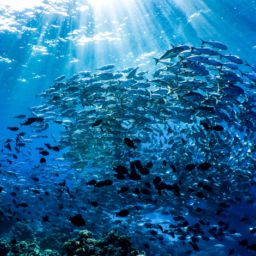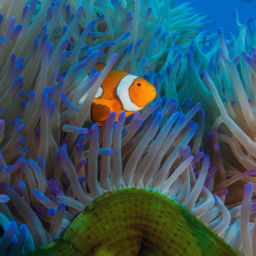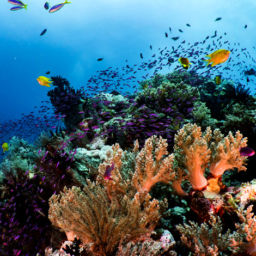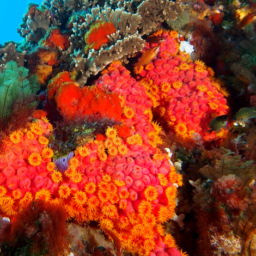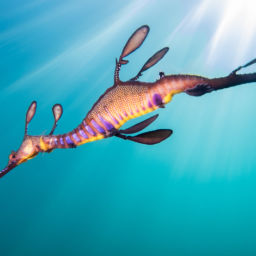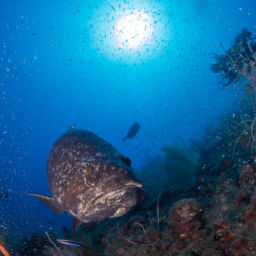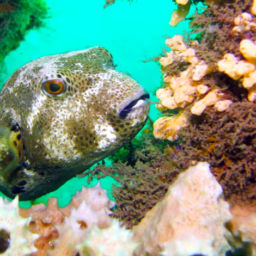Located almost as far away from any port or city as you can get, while still remaining on the Great Barrier Reef, sits an isolated oasis of tropical life undisturbed by fishing and the damage of coral bleaching. This oasis is a marine ecosystem known as the Great Detached Reef, with huge schools of fish and corals that set your eyes agog, this little-known location ranks as one of the world’s best dive sites.
How has the Great Detached Reef remained so pristine?
Sitting over 100 miles (161 km) off the coast of Far North Queensland in Australia, this reef takes almost 20 hours to reach by boat from Thursday Island. You can only reach the island itself by a small plane out of Cairns or a ferry barge from the top of Cape York. The utter remoteness means that divers are uncommon and thus so too are the boats and pollution that come with busy dive locations. The distance from nearby towns and ports has also meant that there is little opposition to the site being classified as a non-fishing zone and thus suffers from almost no illegal fishing.
The corals themselves have benefitted differently, however. Thanks to the Great Detached Reef’s separation from the main barrier reef, this reef receives cooler ocean currents that help shield the coral from bleaching events. In an area where climate change has had such a destructive impact, this outer reef offers huge hope.
The three dive styles of the Great Detached Reef
We can easily break up the dive sites here into three types. First are the huge and impressive underwater bommies that grace the western section of the reef. These shallow towers of coral are surrounded by deep water and fast currents, making them perfect places to spot big predators such as tuna and sharks. Covering the walls are any number of exotic marine animals, from painted crayfish to dense schools of bright purple anthias.
Inside the reef lagoon, shallower and calmer dive sites host rare giant sweetlips, which hide among some of the biggest-known coral colonies. These sites are perfect for a bit of shallow afternoon diving after a morning at depth.
Finally, if the weather is good, you can venture out to the deep walls that grace the ocean-facing side of the reef. These sloping walls descend thousands of feet and play host to a plethora of curious sharks that frequently come in for a closer look. The fish out here are visibly more nervous than those within the reef’s protected lagoon, you may even see a tiger shark swim past in the open blue.
How do I get there?
The hardest part of diving here is finding a charter boat that is making the journey. Three operators usually do a few trips every year or so, but the berths are limited so book well in advance. Kalinda Dive Charters, Spirit of Freedom and Mike Ball Expeditions are among those that occasionally visit this section of the Great Barrier Reef Marine Park and it will pay to find out when they’re visiting next. This remote destination is well worth the effort.











